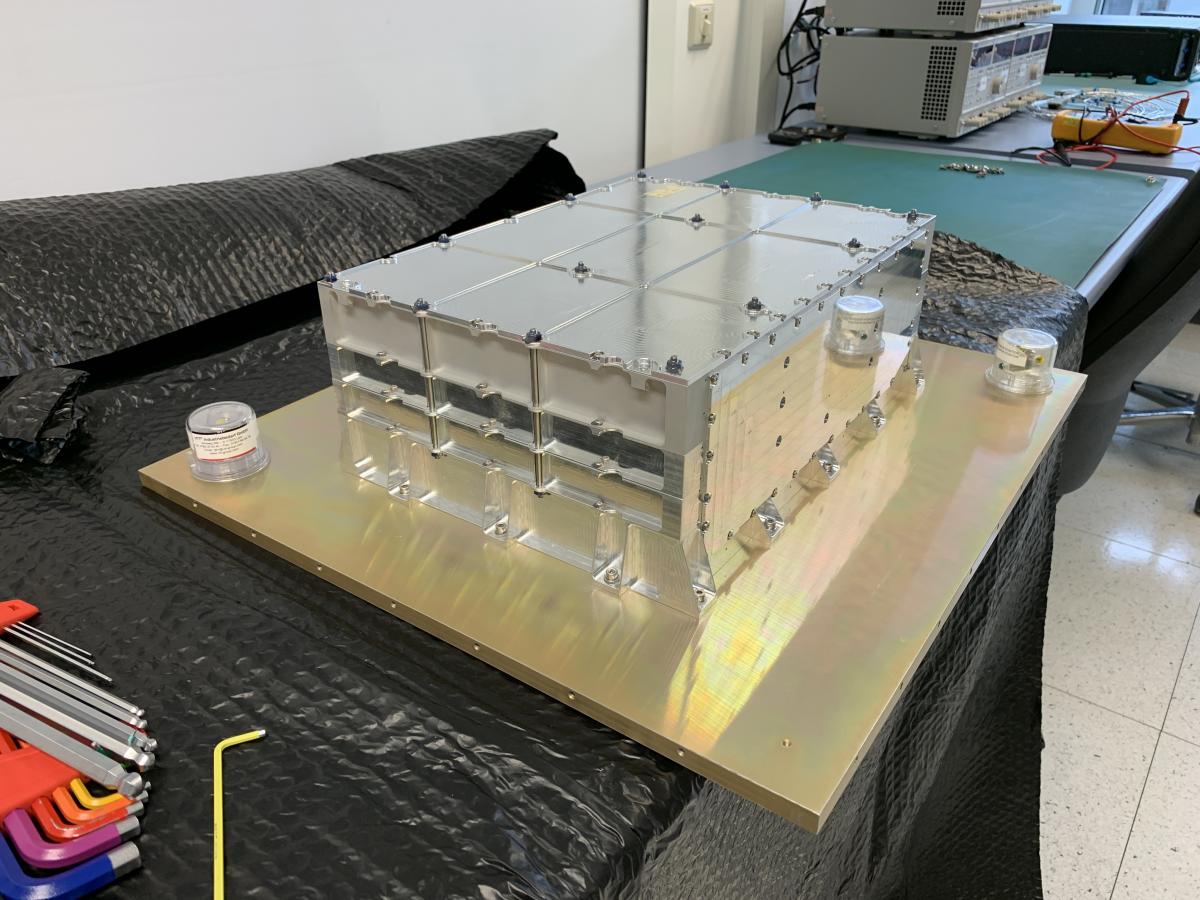
The 5th of October, the MEU Team at IAA with the collaboration of TASE, completed a new milestone, MEU EM Delivered to DLR facilities. This is the first model delivered to ESA and DLR to perform the avionics tests. The Application Software (ASW) will simulate with the two N-DPUs available in the model the data flow of the six N-DPUs of the final configuration and DLR will integrate in their development lifecycle.

After the Preliminary Design Review, where the system requirement and interfaces were defined. Now, the PLATO instruments design move from the "drawing board" to the construction phase. The Engineering Model (EM) is the first of the Phase C models, and it is the begging of the (long) road to qualification of the operating modes and flight procedures. At this phase, the spacecraft and sub-system are subjected to tough test conditions to replicate the conditions expected during launch, to verify that the satellite’s subsystems all work properly together and to ensure their compatibility with the launcher and its ground systems.
Actually, the ESA mission lifetime cycle at Phase C proposes two models: the Structural and Thermal Model (STM) and the Engineering Model (EM). The Engineering Model is a representative model of the electronics present in the flight model, MEU Engineering Model consequently sought to achieve the maximum degree of similarity with the flight model in terms of components, electrical design, electrical harness and electrical interfaces. However, the components and materials used are not flight qualified in order to save money whilst allowing contractor to qualify for most of all requirements.

Good job MEU Team!!!
